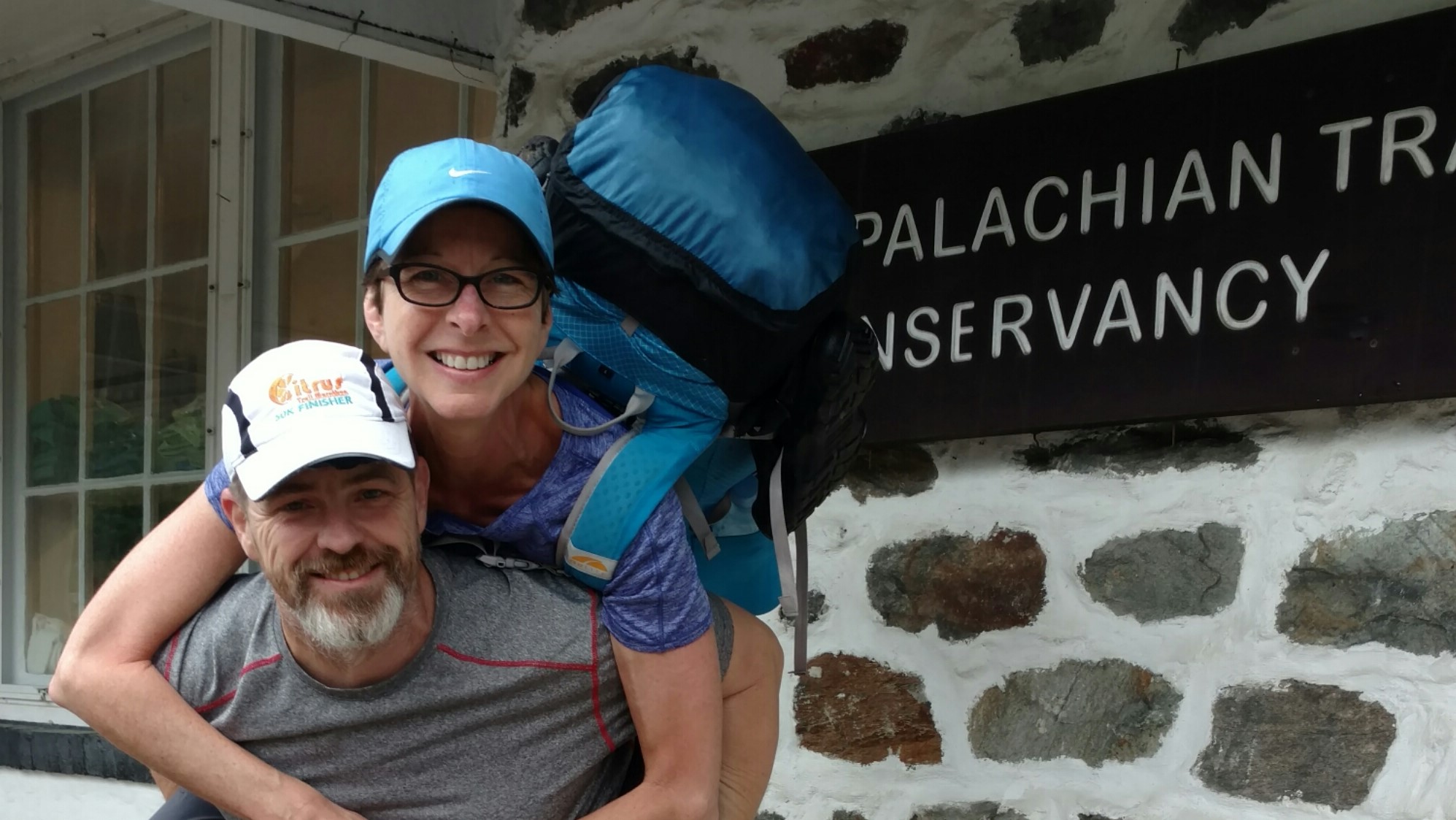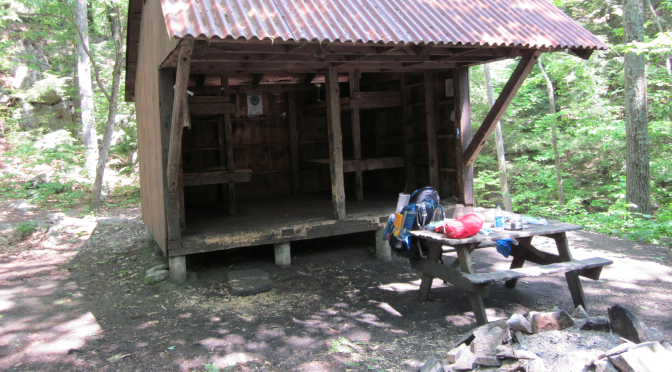Where will you sleep is probably the second question right after What will you eat and just before how will you go to the bathroom. The short answer is in hammocks strung between two trees. We each have our own hammock and will be close to each other but will still feel somewhat isolated because its like a personal tent in the trees.
But the trail goes near and through many towns, so we will also be staying in hotels and hostels about once per week. We will be able to shower, do laundry, resupply with food, eat in a restaurant, perhaps see a movie or watch TV, and sleep in a bed weekly. Hostels are usually just bunkhouses with 10-20 bunk beds and many times either a morning or evening meal included. The Bears Den Hostel in Virginia is one of my favorites. For about $30 you get a bunk, shower, laundry, Coke or Gatorade, pint of ice cream, and a frozen pizza. All about 0.2 mi from a cliff where you can watch the sunset in your pajamas after taking a shower and eating your ice cream. Sounds like a dream, right?
There are also three sided structures called shelters, huts, lean-to’s or other similarly unimpressive names depending on the section of trail they are located. Some of them were built by the Civilian Conservation Corps in the 1930’s and are usually dark, dirty, leaky, and filled with mice or other critters. But there are also some new ones that are very nice and can hold a pile of hikers. The smallest ones are suitable for 4-6 hikers, the average ones 8-10 hikers, and some of the large multi-story structures hold 20+ hikers.
Nearly all of the shelters have a fire pit, a picnic table, a privy (outhouse), and a water source (spring or small stream). Most of them also have provisions for keeping food away form bears or other critters. Some have wire cables suspended in the trees, some have flagpoles you hang your food from, some have large metal tool boxes, but some places you need a good old rope you hang your food from in a tree. Some hikers foolishly suspend their food in a shelter or sleep with it in their tent. This is how areas develop problem bears that must be relocated or worse.


Recent Comments